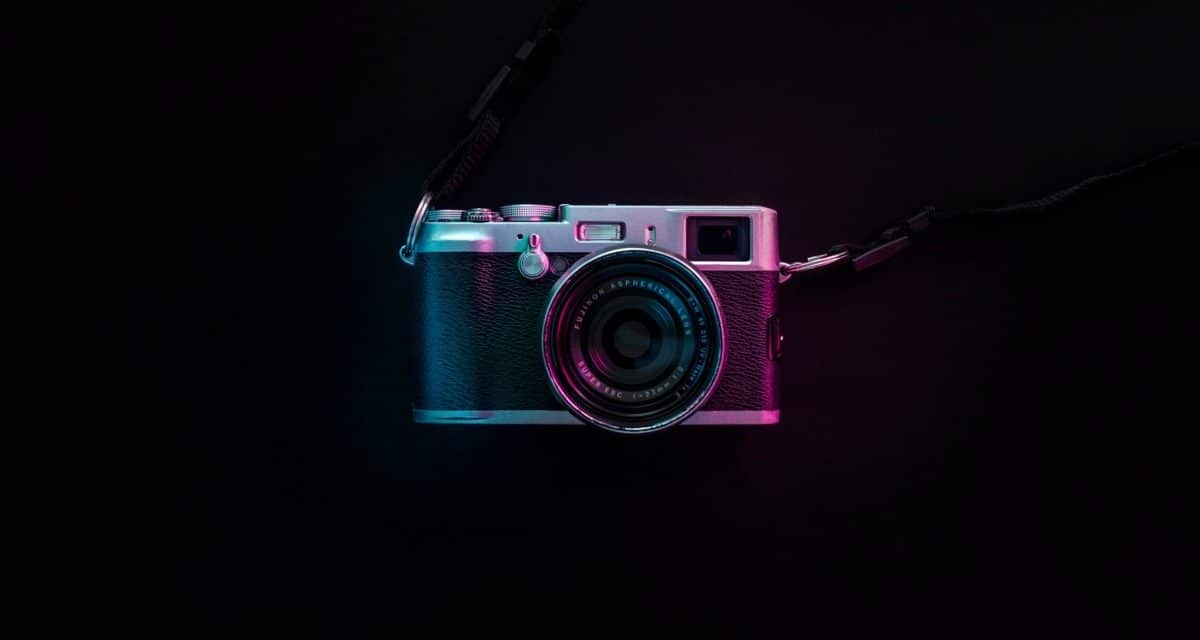[ad_1]
There are three stages of the production process:
1. Pre-Production (the planning stage) in which you might expect to spend approximately 1/3 of your total time.
2. Production (the shooting stage) in which you might expect to spend approximately 1/6 of your total time.
3. Post-Production (the editing stage) in which you might expect to spend approximately 1/2 of your total time.
These time estimates are very loose and will vary depending on your production.
Good planning ensures that the expensive production stage runs smoothly and that all the footage that is required gets shot.
Post-Production is a highly creative stage and you must have time to edit, screen and re-edit where necessary.
Pre-Production includes:
Creating the planning paperwork, choosing locations, hiring cast and crew, booking equipment and post facilities, dealing with legal paperwork, creating a budget, accounting for ancillary rentals and services, etc.
Production Includes:
Shooting the required footage, reshooting where necessary and recording location sound.
Post-Production includes:
Screening and logging your footage, recording or accessing music, recording voice and sound effects, creating animations, illustrations & text graphics, editing the various visuals and soundtracks, adding transitions and effects, mixing, color correcting, creating time coded copies for preview, creating masters and sub-masters.
There are three main production documents:
– The proposal
– The script
– The shot list, scene list or storyboard.
The Proposal contains: The working title, medium, scenario (incl. story outline and treatment), technical considerations and the budget. Treatments can be commercial, dramatic, documentary or educational. It is used to educate potential investors or production companies on what your project is about before reading the script.
The Script contains: A detailed story development, written for screen action, with dialogue and visual information. Various formats exist, but usually the script does not contain camera angles, lighting information and other technical information. It's just a description of the story.
The Shot List / Storyboard contains: An area for noting shot/scene number, visual content, technical descriptions and approximate time for the shot. In a storyboard a diagram augments the written shot description. This is where the technical shooting information is.
Shot Distances listed in the shot list relate to the perceived distance between camera (audience) and subject. While there are often many definitions for shot distances there a really only five basic ones:
1. Extreme Long Shot (ELS) where there is a significant area of space around the subject. The subject appears to be distant.
2. Long Shot (LS) where the subject comfortably fills the frame from top to bottom with adequate head room and room underneath the subject).
3. Medium Shot (or Mid) Shot (MS) where approximately 2/3 to 1/2 of the subject is seen in the frame. Make sure to never allow the bottom of the frame to cut a person off at a natural joint.
4. Close Up (CU) where approximately 1/3 to 1/4 of the subject is framed. This might be your typical “head and shoulders” shot.
5. Extreme Close Up (ECU) which is usually a head shot of a person. As long as it shows the eyes, nose and mouth in the frame it can still be considered a shot of a person (as opposed to a medium shot of an eye, for instance).
Sequencing
Basic sequencing means that we design a series of shots for one scene or sequence in our movie. They must be designed so that the audience is shown the action in a way that is easily understood, visually stimulating and that no subject is shown that is not intended to be part of the scene.
For this reason several shots will be designed and each should be slated for ease of editing.
While each sequence of shots is designed based on the action to be shown to the audience (action sequences, monologues, multi-camera stunts, etc.) a dialogue scene between actors will often be shot using the Master Scene technique.
Shooting a dialog sequence in the Master Scene technique includes several camera angles, shooting overlapping or repeating action so that the editor has several choices.
If, for example, we are shooting two people facing each other while holding a conversation we would shoot the entire sequence in a master two-shot. Then we might shoot a close up of just one of the people for the entire sequence. Lastly we might shoot the other person in close up for the entire sequence. Thus, we have a two-shot to introduce the scene, close-ups of each person when they speak and also close ups of each person just listening as the off-camera person is speaking (these are called reaction shots). The two shot can be used any time bouncing back and forth between the close ups might become tiring to the viewer.
This sequencing should be included in your shot list.
[ad_2]
Source by Mike K Hughes

